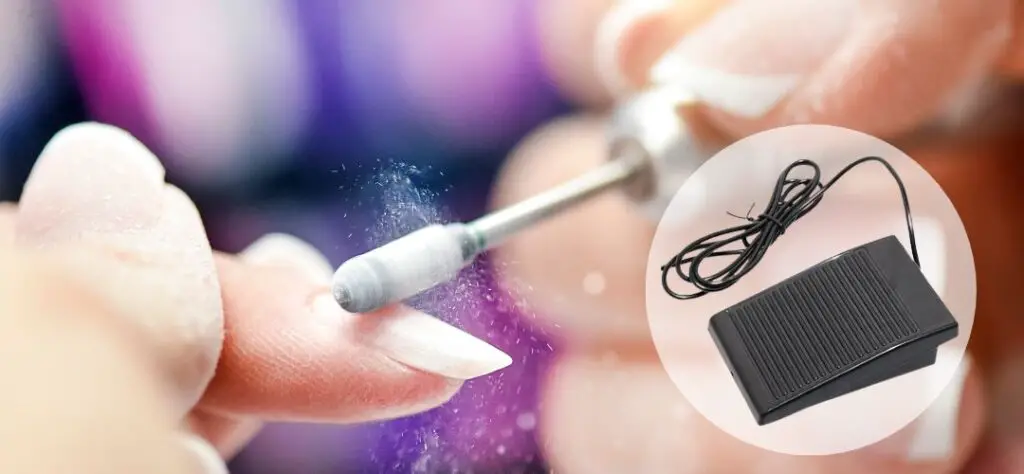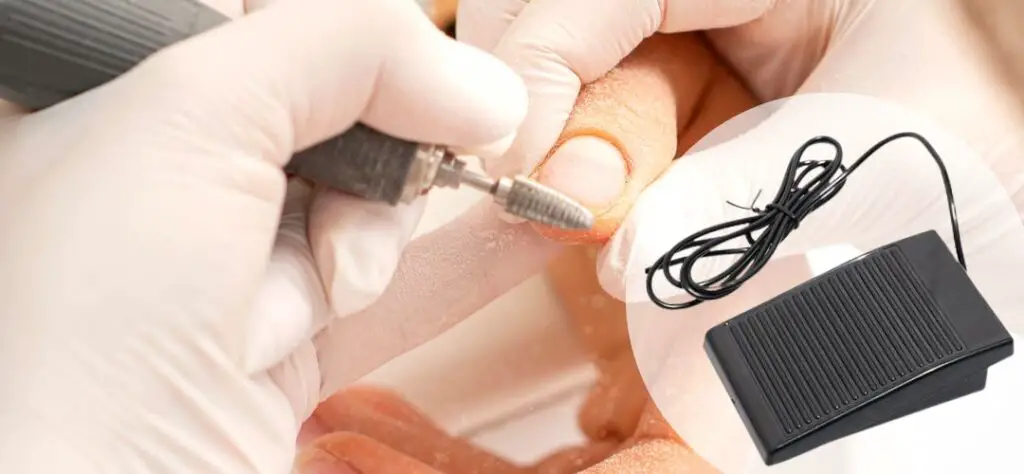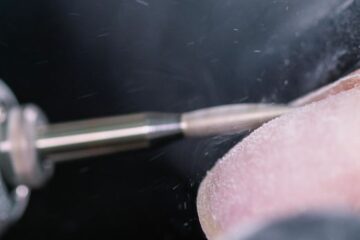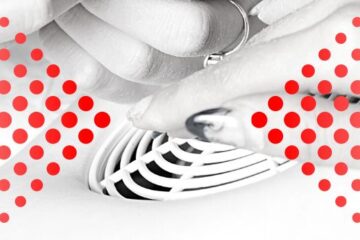Nail drill foot pedal: uncover the power of this misunderstood piece of equipment. It’s more than just a foot switch it’s a powerful tool that can help you take your manicure and pedicure game to the next level! Whether you’re a professional nail technician or DIYer, this guide will introduce you to the world of nail drills and give you the know-how to use one properly and confidently. So get ready to take your manicure skills up a notch with the help of a trusty foot pedal! Let’s get started.
What is a Nail Drill Foot Pedal?
A nail drill foot pedal is a type of device that connects to an electric nail drill and allows the user to control its speed with their foot rather than with their hands. It enables one-handed control over the equipment, allowing you to focus on the details of your job and perfecting your technique. The foot pedal is made up of two parts—a switch which turns the machine on or off, and a variable speed controller which adjusts the rotational speed of the bit in the drill. When used correctly, these devices can help you achieve professional-looking results in less time than it would take with manual methods.
Benefits of Using a Foot Pedal
Using a foot pedal to control a nail drill has several advantages. For one, it allows you to keep both hands free while working, giving you greater precision and control when filing or buffing nails. It also gives you the ability to quickly adjust the speed of the drill without having to pause and make adjustments with your hands, which can save time and energy. Additionally, these pedals are usually ergonomically designed for comfort and ease of use.
How to Set Up Your Foot Pedal
Setting up your foot pedal is relatively straightforward. Start by plugging the power cord into an electrical outlet, then plugging the device’s output cable into your nail drill (check the manual for compatibility before making any connections). Next, connect the foot pedal to the drill via a short cable. Once everything is connected and powered up, you’re ready to start using your nail drill with your new foot pedal.

Safety Precautions When Using a Foot Pedal
It’s important to take safety precautions when using any type of nail equipment, especially when it involves electricity. Before plugging in your foot pedal, make sure that all connections are properly attached. Also, only use approved extension cords that can handle the voltage of your device.
Troubleshooting Common Issues
If you encounter issues with your foot pedal, there are a few troubleshooting steps you can try before taking it in for repairs. First, check the power connection to make sure it’s properly plugged in; if not, try reseating the cord. If the problem persists, you can always refer to your manual for help or contact a professional for assistance.
Caring for Your Foot Pedal
Taking proper care of your foot pedal will help keep it working efficiently and safely for years to come. After each use, unplug the device from its power source and wipe it down with a clean cloth to remove any debris that may have accumulated during operation.
How do I connect the foot pedal to my nail drill?
To connect the foot pedal to a nail drill, plug the power cord into an electrical outlet then plug the device’s output cable into your nail drill (check the manual for compatibility). Next, connect the foot pedal to the drill via a short cable. Once everything is connected and powered up, you’re ready to start using your nail drill with your new foot pedal.
Can any type of nail drill be used with a foot pedal?
No, not all nail drills are compatible with a foot pedal. Many machines come with their own foot pedals or offer them as an extra feature, so it’s important to check your manual and make sure the model you have is compatible before attempting to purchase and use a separate foot pedal. Additionally, some models may require specific cables or adapters to properly connect the foot pedal, so make sure you have these on hand before attempting to use it. With the right model and some careful setup, you should be able to use your foot pedal with just about any type of nail drill.
Does the speed of the nail drill depend on how hard I press the pedal?
Yes, the speed of a nail drill is usually determined by how hard you press down on the foot pedal.

Are there any special features available on more advanced foot pedals?
Yes, there are a variety of different features available on more advanced foot pedals. Some models feature adjustable speed and torque settings to give you greater control over your drilling projects. Additionally, some have built-in sensors that will automatically shut off the drill if it detects any obstructions or jamming. Other features include LED lights for improved visibility and comfort grips to help reduce strain on your hands.
Is it possible to use the foot pedal with a cordless nail drill?
Yes, some brands of foot pedals are compatible with cordless nail drills. This can be especially helpful if you need to work in tight spaces or areas with limited access to an electrical outlet. Keep in mind that these models may not have all of the features available on more advanced foot pedals, so be sure to check your manual and understand the limitations before making a purchase.
What type of bit should I use in combination with my foot pedal?
The type of bit you should use will depend on the material you’re working with. If using acrylic nails, for example, it is best to use a carbide bit as it is strong enough to cut through the material. If you’re using gel polish, then a diamond bit will be your best bet. Be sure to check your manual for specific instructions on which type of bit is suitable for different materials.
Can I control the direction of rotation using the foot pedal?
Yes, most foot pedals allow you to control the direction of rotation. This can be especially helpful if you are working on intricate designs or need to make small adjustments. You’ll typically find a switch located on the side of the foot pedal that controls this function. Make sure to read your manual carefully so that you understand how to use this feature correctly.
How much pressure should I apply when using the foot pedal to get an optimal speed from the drill?
The amount of pressure you need to apply will depend on the type of drill and bit that you are using, as well as the material you are working with. Generally, you should apply enough pressure to keep the bit steadily moving in a consistent direction. You can experiment with different levels of pressure and speeds until you find the right combination for your particular project.
Conclusion | nail drill foot pedal
This article provides information on how to use a nail drill foot pedal correctly, what type of bit to use for different materials, and how to control the direction and speed of rotation. It also covers safety concerns such as handling the cable with care and knowing when it is time to replace your foot pedal. With these tips in mind, you can get the most out of your nail drill foot pedal and ensure a successful project every time.


